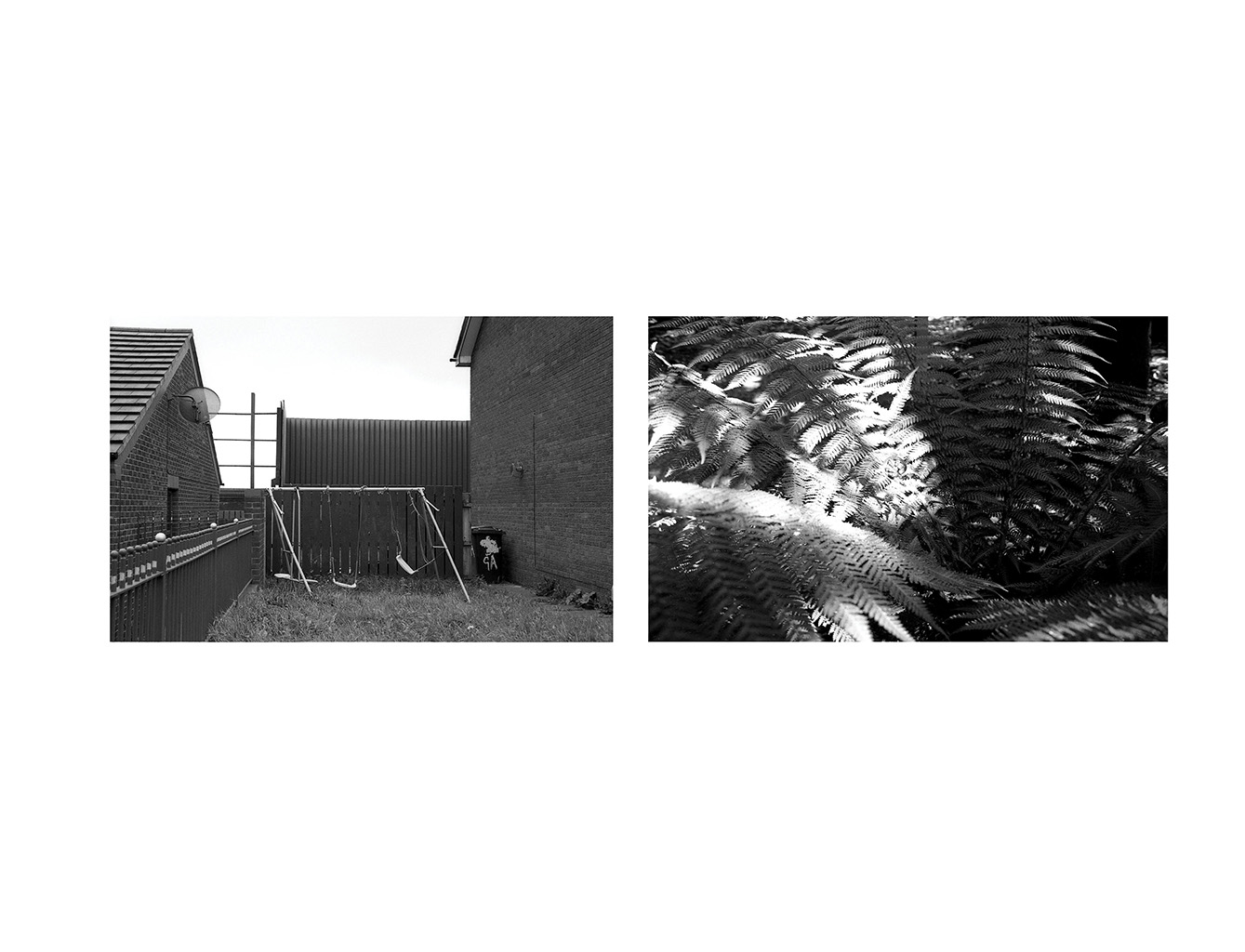







Schize et frontières, 2008
Photographie argentique,
80 x 240 cm / 80 x 80 cm
Schize and borders, 2008
Argentic photograph,
80 x 240 cm / 80 x 80 cm
Photographie argentique,
80 x 240 cm / 80 x 80 cm
Schize and borders, 2008
Argentic photograph,
80 x 240 cm / 80 x 80 cm
Daphné Le Sergent, artiste française d’origine coréenne, explore le thème de la frontière, à travers la notion de schize, qui désigne la séparation entre intériorité et extériorité, ainsi qu’au sein de l’intériorité elle-même. Dans ses photographies et ses vidéos, la tension entre le dur et le fluide, la fermeture et la circulation, entre le mur et l’écoulement de l’eau... crée un monde intermédiaire, dans lequel le spectateur peut faire la traversée de la schize en franchissant les frontières géographiques que la photographie a tenté de saisir. La quête de l’identité, là où tout n’est que différence, dans un espace qui vacille constamment entre l’ouverture et la fermeture, s’exprime à travers des images d’Irlande ou de la Corée – deux pays divisés -, de séparations entre des quartiers de Belfast, ou de zones frontalières. Les photographies et vidéos de Daphné Le Sergent évoquent non seulement des cultures à la fois proches et lointaines, mais aussi les fêlures de l’identité dans un monde en pleine redéfinition.
Kim Sou-Hyeun
Daphné Le Sergent, a French artist of Korean origin, has chosen the theme of the frontier, exploring the notion of schize, which refers to the separation of exteriority and interiority, and the cleavage within interiority. In her pictures and videos, the tension between what is hard and what is fluid, what is closed and what flows, between the hard wall and the streaming water, creates an intermediary world, where the viewer can go across the schize while crossing the boundaries that the photographer attempts to capture. The quest for identity where there is nothing but difference, in a space that constantly vacillates between openness and a sense of closure, is well expressed in her choice of Korean and Irish landscapes –two countries that are divided-, the separations between neighborhoods in Belfast, the pictures of areas that are evocative of frontier zones. Her photographs and videos create an image of isolated cultures, both distant and similar, and also of broken identities in a world caught in a process of redefinition.
Kim Sou-Hyeun